Ranch History
In the Beginning
In the 1890’s, W. W. Jones, traveled to deep South Texas then known as ‘las mestenas’ or the “wild horse desert,” with the risky intention of establishing a cattle ranch. He began first by leasing land, then in 1895 he purchased 20,000 acres in Starr County at .50 per acre. By 1930 he had acquired 300,000 acres in four counties – Brooks, Starr, Jim Hogg and Hidalgo.
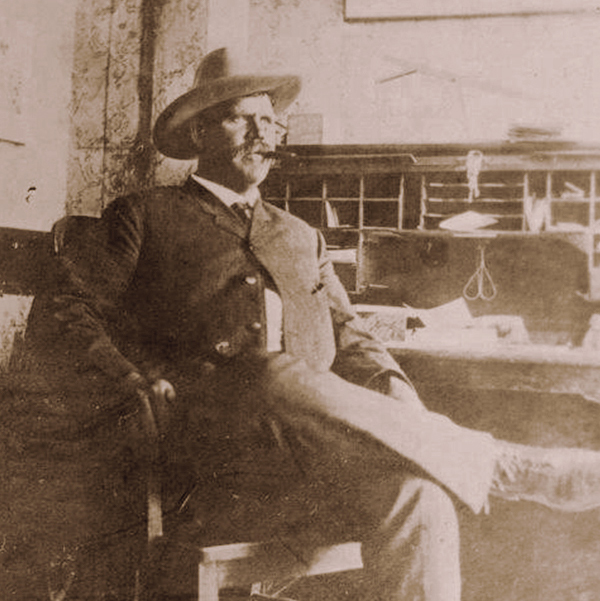

W. W. Jones, The Rancher
W.W. Jones played an active role in the early development and growth of South Texas. Initially he used the existing Indian and Spanish watering places, some of which are still in use, but they were sparse and separated by long distances. Later, by taking advantage of new technologies for drilling water wells along with the improved access to materials such as fencing, pipes, lumber and machinery through rail and new roads , and vehicles he was able to successfully manage and support large cattle herds. While building and expanding a commercial cattle business he contributed to the improvement and growth of the industry and the local economy. By the 1920’s nearby Hebbronville was the largest cattle shipping point in the United States due in great part to the Jones ranch herds.
W. W. Jones, The Civic Leader
After moving to Corpus Christi in 1905, he showed his astuteness in civic affairs and investments. His businesses expanded to include banking connections in San Antonio, Corpus Christi, Beeville, Alice and Hebbronville. He was a member of the first Corpus Christi Navigation board that brought the deep water port to this city, and owned various properties around town including the Nueces Hotel and the Jones Office building. He served as a charter member of the Texas Cattle Raisers Association, President of the Alice State National Bank, President of the First National Bank of Beeville and Director of the Corpus Christi National Bank. He and his wife Lou Ella were ardent supporters of the First Methodist Church and promoted the development of the public library by donating their home for the library.
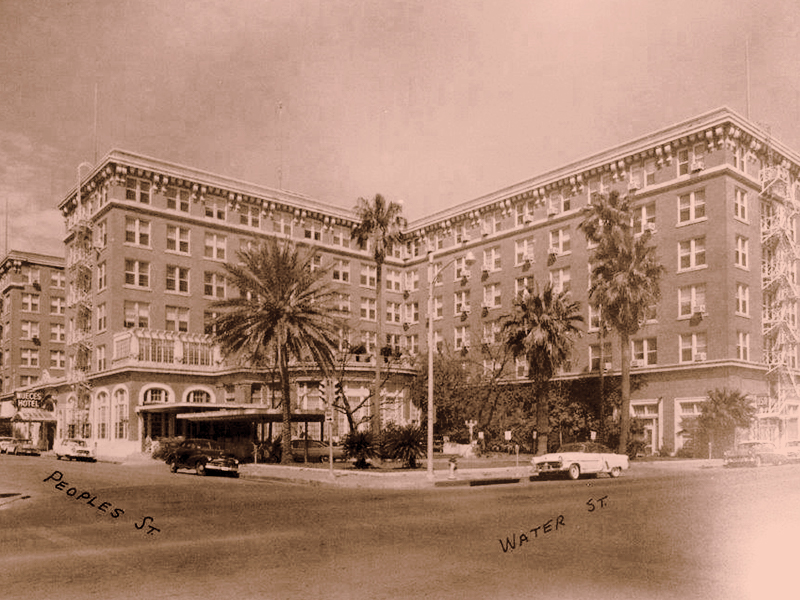
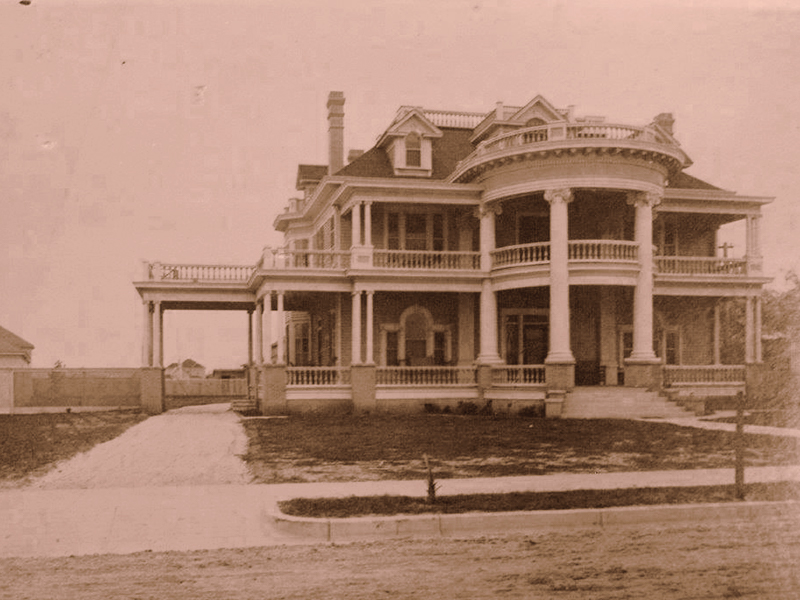
Political Influence
W.W. was politically active in the development of South Texas, attending many state and national conventions, once nominated for the legislature. He used his growing business connections and political influences to form Brooks County in 1911 and Jim Hogg County in 1913.
Family Legacy
For six generations his legacy has been carried on by his descendants who still own and operate the original Jones family ranch lands. They have perpetuated his examples of searching out new management programs and technologies in an effort to best utilize and protect the natural resources. The ranches today have the distinction of maintaining a high level of modernization deeply blended with the traditions and values of the past.
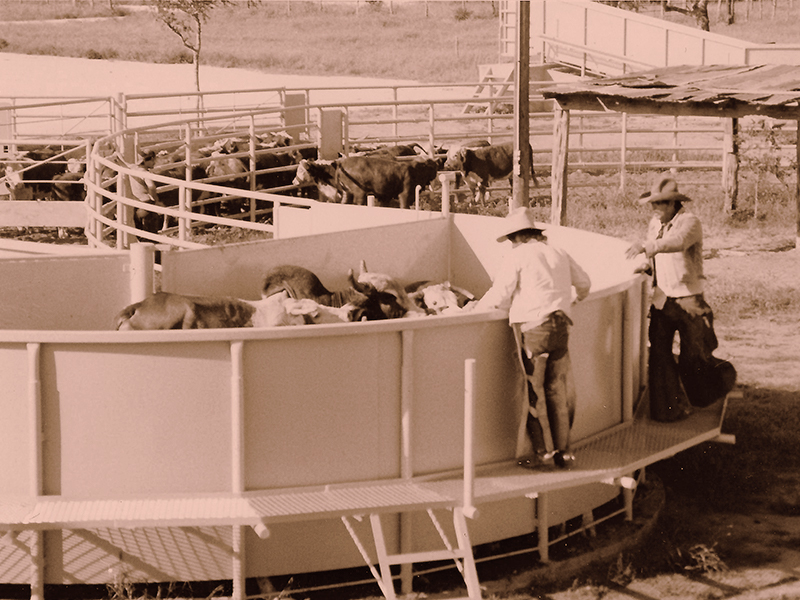
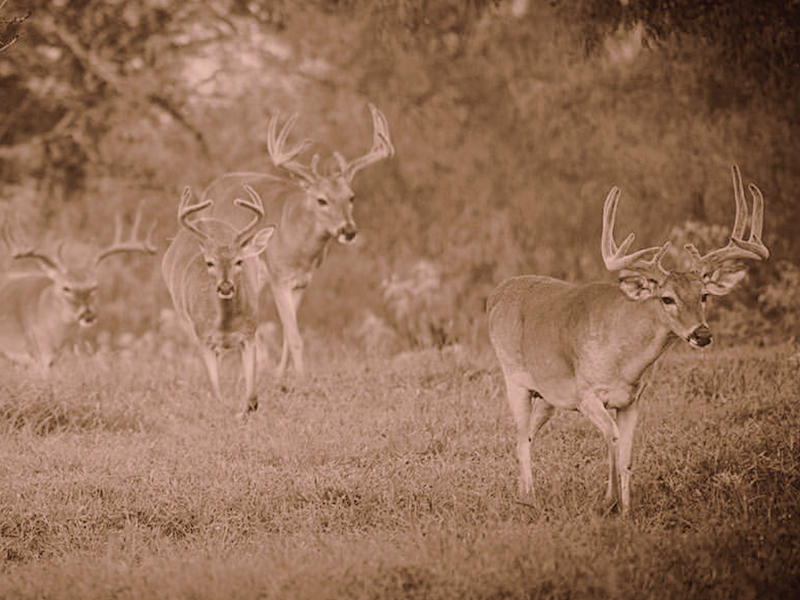
Stewards
The lands are carefully managed to provide support for both cattle and native wildlife populations. They represent a contiguous wildlife habitat of great abundance and diversity. The topography ranging from live oak mottes to heavy brush lands to grassy plains and sand hills provide an important source of income through hunting. The ranches also offer support for native habitat and wildlife research and education along with nature photography projects.
The Present to the Future
The Jones family today continues to be a dynamic force in the ranching and business life of South Texas by supporting issues relevant to their ongoing interest. They are currently active as board members, advisors or patrons of a variety of organizations including the Texas and Southwest Cattle Raisers Association, wildlife associations, property rights associations, water district board, rural banks, oil and gas associations, museums, libraries, hospitals and universities.

